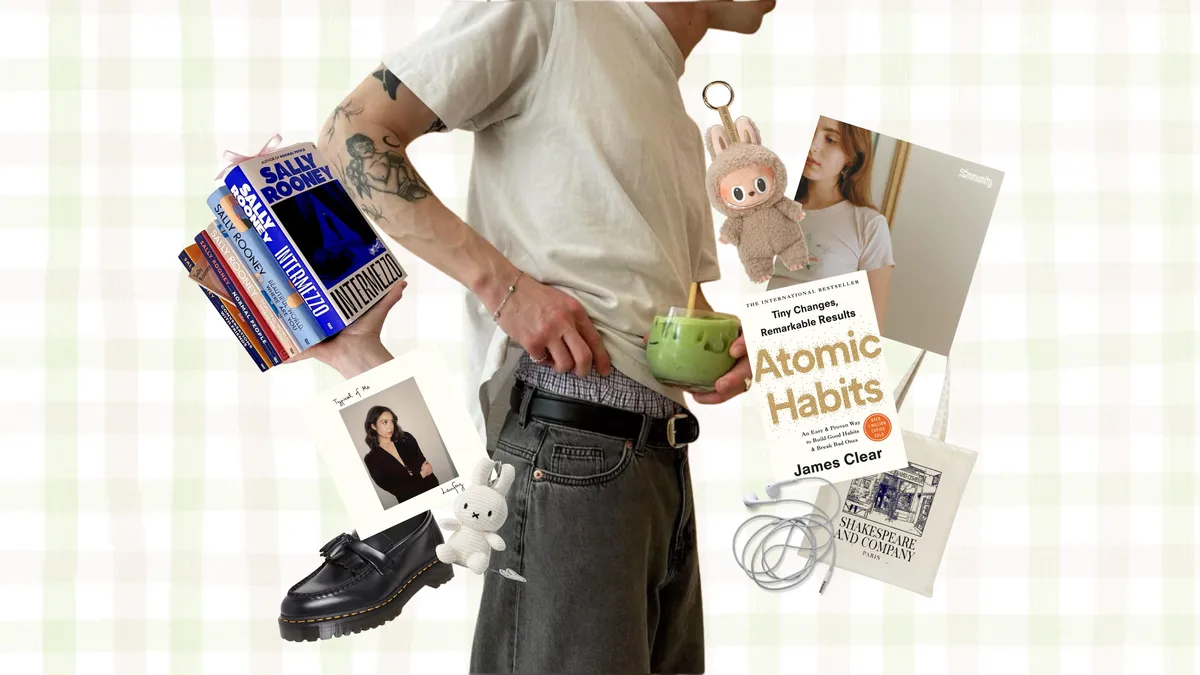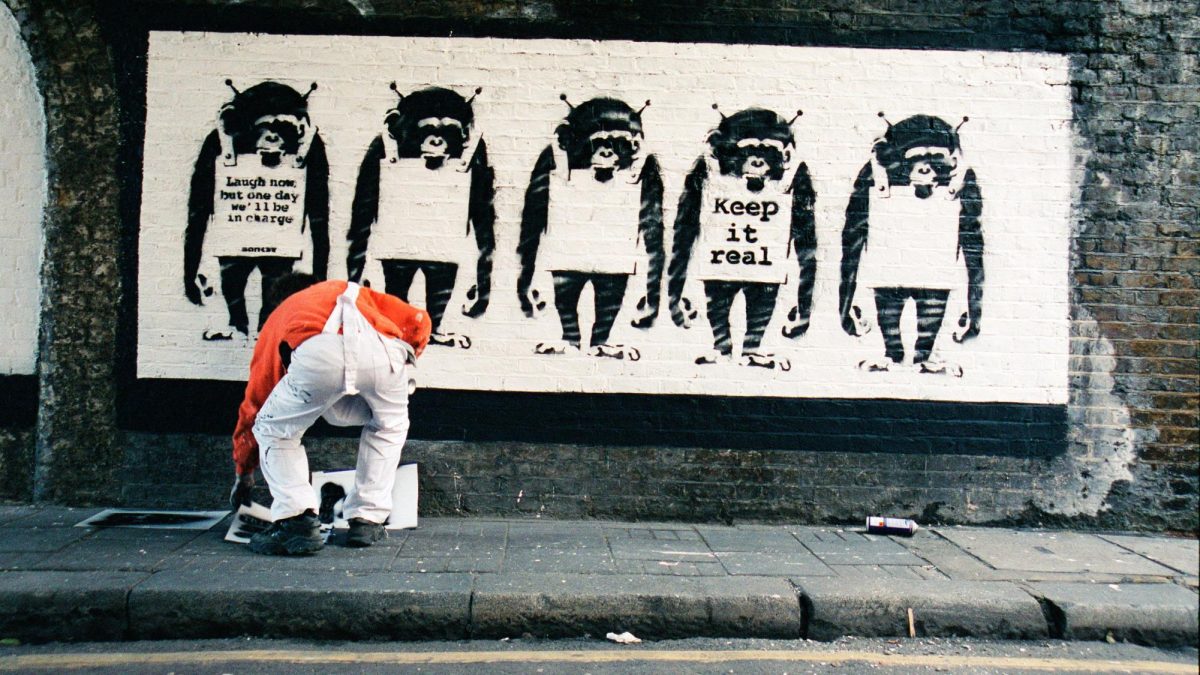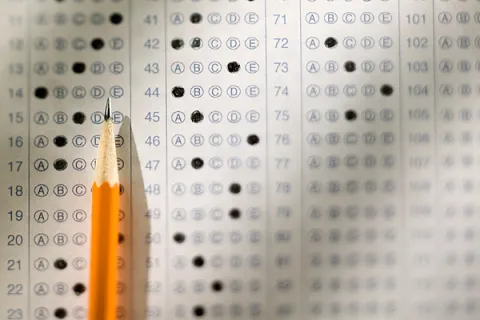The lonely men epidemic has concluded, giving way to the new era: performative men. For those of you who are not on social media, the performative man is the polar opposite of the common male archetype, “The Macho Man.” The change from the stereotypical idea of the masculine man is an effect of the progressive pressures of society, where you are judged more by how you present yourself than by who you are.
You can spot a stereotypical performative man with just a few key indicators. He might be found reading feminist literature, listening to Laufey with wired earphones, and sipping matcha, all while holding a Labubu in his left hand.
The epidemic is surely in full effect at CRLS, so we interviewed some students on the matter. Jane Meek ’27 says, “I do see the point in men being performative. I feel as if there’s been a rise in guys acting more performative because they know it’s what girls like, such as drinking matcha, listening to soft artists such as Laufey or Clairo. But when looking at a guy, it’s more of looking for someone who’s genuine rather than one who is just posing.”
Furthermore, it’s important to realize that while the performative man is a trend now, it started with people changing their entire identity for social validation—not just their image. In the early phases of this cultural shift, men weren’t just adopting aesthetics like clothing, music, and coffee orders, rather, they were reshaping their values, personalities, and even political stances to align with what they thought society demanded of them. For many, this shift began as a genuine attempt to better themselves by being more sensitive and caring. They aimed to contribute positively to the world, battling social movements such as pollution, climate change, social awareness, and aesthetics.
But, along the way, focus moved from actually caring about important causes to simply appearing to care. The impacts of this epidemic are detrimental to the mental health of young men; while it may encourage more people to express themselves and care more, it also causes pressure and fear of needing to maintain a certain inauthentic image. What once may have been small compromises to present themselves in a more appealing way grew to be larger changes that sacrificed their authenticity.
While some may see the epidemic as harmless self-expression, the truth is that many men are internally struggling to balance authenticity with expectation. This constant negotiation between the real self and social self can take a massive toll on someone. In extreme cases, it can worsen mental health issues such as anxiety, loneliness, and depression. And yet, the culture keeps rewarding it.
The best version of yourself isn’t the one that looks the most appealing. The best version of yourself is the one that you are most proud of. So be yourself.
This article also appears in our September 2025 print edition.














